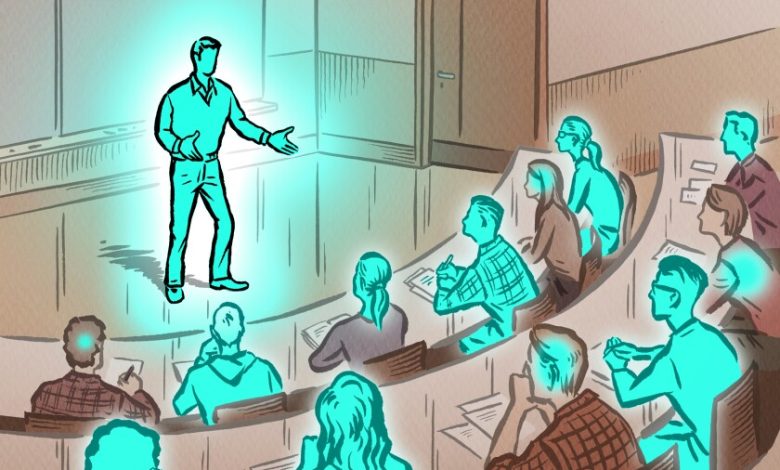Rethinking the Modern Classroom: Small Changes, Big Impact

Education is evolving faster than ever before. From interactive whiteboards to AI-assisted learning tools, schools around the world are reimagining how lessons are delivered. But while technology grabs the headlines, sometimes it’s the subtle changes in classroom design and teaching approaches that make the biggest difference in student engagement.
One growing trend is the move toward flexible, student-centered learning environments. Instead of rigid rows of desks, teachers are experimenting with modular furniture, learning zones, and collaborative workspaces that encourage discussion and teamwork. The goal isn’t just to make classrooms look modern — it’s to create spaces that adapt to different learning styles and help students feel more in control of their education.
If you’re curious about how some schools are taking this transformation to the next level, take a look at Classroom15x. It’s an example of how innovative thinking can reshape traditional learning environments in ways that might surprise you.
Why the Classroom Still Matters in the Digital Age
With the rise of online learning, some may wonder if physical classrooms are still relevant. The answer is a resounding yes. While digital tools make education more accessible, the classroom remains a vital space for social interaction, mentorship, and hands-on activities. Students benefit from face-to-face collaboration, immediate feedback, and a shared sense of community — experiences that are harder to replicate through a screen.
Technology also plays a growing role in shaping these spaces. From interactive smartboards to AI-driven teaching assistants, the classroom is becoming more connected than ever. And if you’re wondering how artificial intelligence is evolving in everyday tools, Google AI Mode is a fascinating example of how advanced features can streamline learning, personalize resources, and assist both students and teachers.
This is why educators are putting more thought into the physical and emotional atmosphere of their classrooms. Lighting, seating arrangements, noise levels, and even wall colors can influence how students feel and perform. A warm, well-organized classroom can boost motivation, while a chaotic or uncomfortable one can quickly derail focus.
Balancing Structure and Flexibility
One of the most effective strategies for modern classrooms is blending structured learning with flexibility. Teachers still need lesson plans and clear goals, but giving students some control over how and where they work fosters independence. For example, a student might choose to join a group discussion at a round table, work solo at a standing desk, or use a quiet reading nook for focused study.
Schools that embrace this approach often see improved participation and creativity. When students feel comfortable in their environment, they’re more likely to take risks, ask questions, and engage in deeper learning.
The Future of Learning Spaces
The classrooms of the future won’t be defined by one particular style or technology. Instead, they’ll be shaped by adaptability — the ability to change as educational needs evolve. This might mean reconfiguring layouts for project-based learning, integrating new tech tools, or creating multipurpose spaces that serve both academic and social needs.
What’s clear is that the classroom is far from obsolete. In fact, it’s more important than ever — and projects like Classroom15x are showing just how much potential these spaces still hold.




